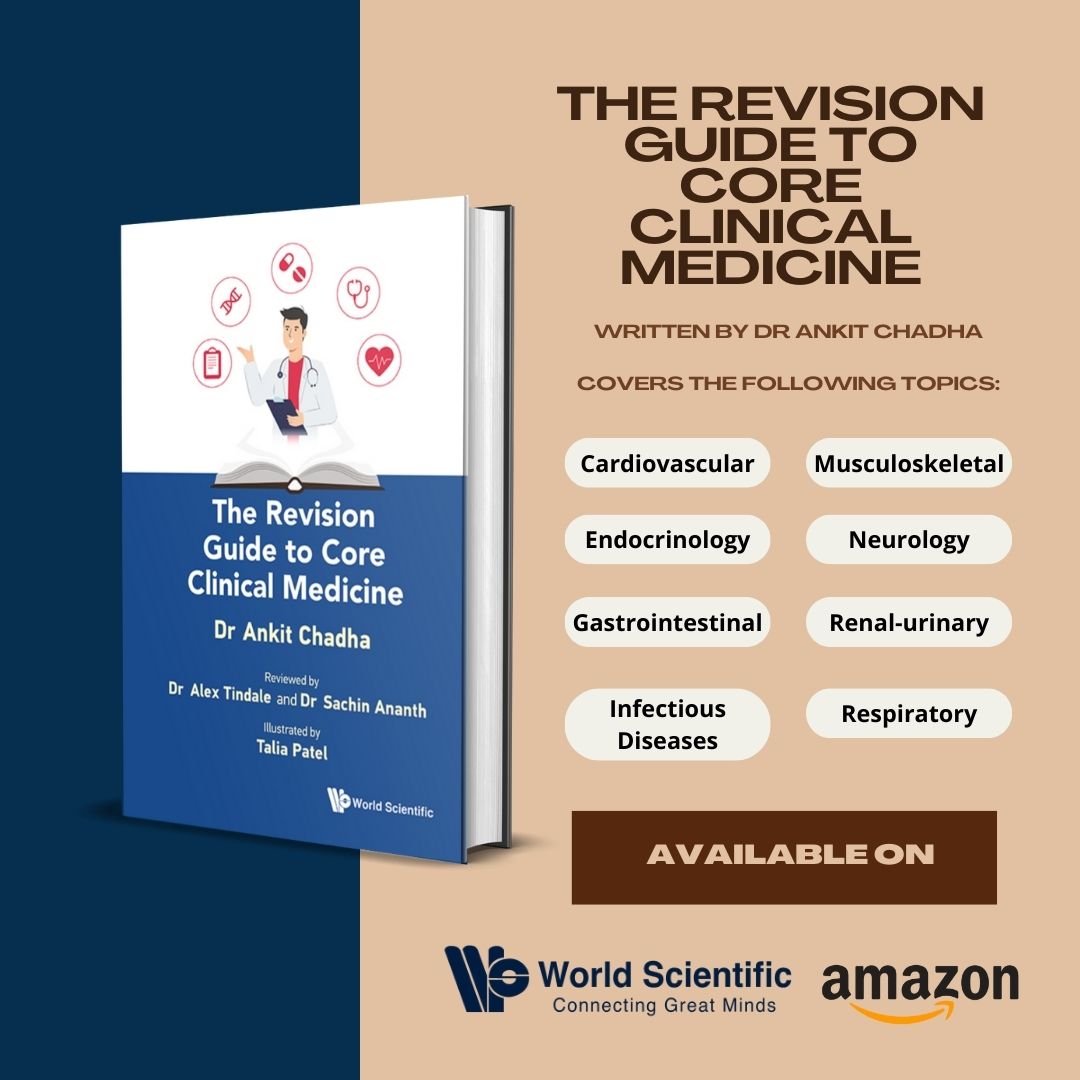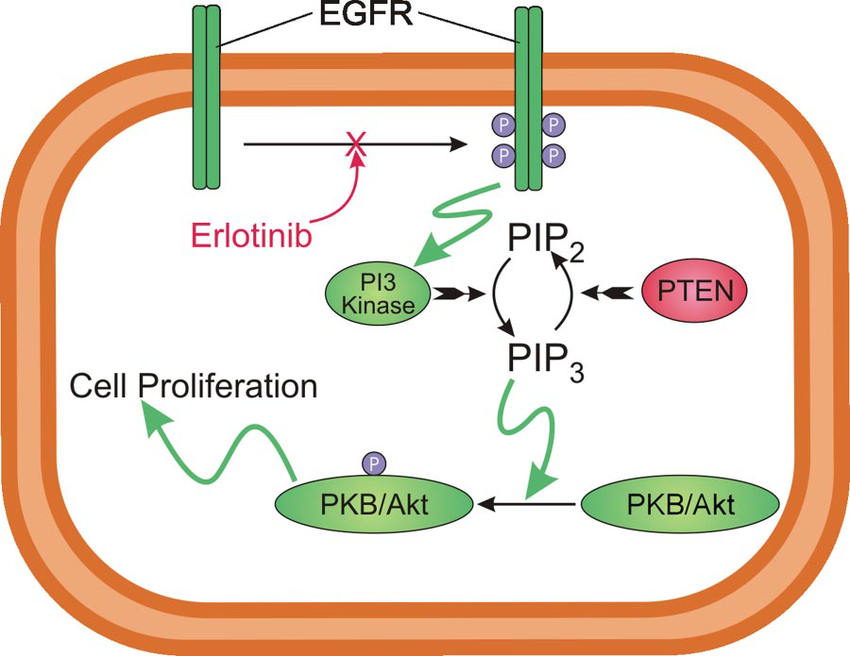3 things I learnt from writing my book
Dear Friend,
This weekend has been a refreshing change of pace for me—I’ve taken a break from London and headed up to York for a bit of a reset. For once, I’m genuinely proud of myself for not overdoing it. Instead of heading out on Friday night, I stayed in, hit the gym, ate healthily, and even remembered to water my plants. Small wins!
That said, the wellness streak might be short-lived—I’m back on night shifts starting tomorrow. But on the bright side, it’s my last ever stretch of four in a row.
In other news, I realised that May 15th marks the one-year anniversary of my book’s publication. It’s wild how quickly the time has flown. This time last year, I was juggling book launch preparations and studying for my PACES exam. Fast forward 12 months: the book has sold over 300 copies, and I’m just two chapters away from finishing the second one.
Earlier this week, someone asked me what had surprised me most about the book-writing and publishing journey. That got me thinking—and it felt like a perfect topic for this week’s newsletter. So here goes:
The Voice in My Head Almost Ruined Everything
The first draft was a brutal experience. I’d finish a paragraph, hit return, and then that voice would start up.
Ugh, is anyone even going to enjoy reading this? I don’t even enjoy reading this. What am I trying to say here? Do I even have the credibility to write about this? Am I sure this is even accurate? Maybe I could say it better… Actually, who am I to write a book on this topic at all?
That internal voice was relentless. As the book progressed and I became more confident in the research and ideas, the voice quietened down… but it never fully disappeared.
What surprised me most was how often I’d hear advice like “just ignore the inner critic, especially during your first draft.” I always agreed with it in theory. But in practice? Infinitely harder. Knowing something intellectually doesn’t always make it easier to implement emotionally.

1st and final draft are very different
I knew this feeling well from making my In2Med videos. The filming process is usually a chaotic mess—full of cursing, awkward pauses, frustration, and second-guessing. But in the end the final video somehow looks polished and coherent.
What surprised me was just how similar the writing process turned out to be. The first draft of the book was a complete mess—clunky, awkward, and painful to read. But after a couple of rounds of editing, something shifted. The ideas became clearer, the flow improved, and it even started sounding… good. I’d go from thinking “Ugh, this is terrible” to “Wait, this is actually not bad at all!” when I’d get feedback from our editor.
That shift was a huge lesson. It’s something I’ll try to hold onto as I write Book 2: the first draft isn’t supposed to be good—it’s just supposed to exist. The magic comes later in the editing, formatting and imagery. So (in theory) it should be an easier process second time round.
Progress Comes in Sprints, Not Steps
You always hear the advice: “Consistency is key” or “Just take one bite at a time.” I’ve given that advice myself plenty of times. And in some contexts, it’s great advice.
But when it came to writing the book, I found that my biggest breakthroughs happened not through steady daily writing—but during focused, high-intensity weeks where I was really in the mood and did nothing but write.
On paper, setting aside 1 hour after work every day should’ve been enough. But in practice? Between the coffee breaks, on-calls, night shifts, that golden hour never really happened. To get real work done, I needed entire days immersed in the project—8 to 10 hours of full attention just to achieve 4 solid hours of actual writing.
I know plenty of writers who thrive on doing a little each day, and I definitely admire that. But for now, I’m leaning into what I’ve learned works for me: short, intense bursts of focus over long, drawn-out consistency.
Everyone says “the best way to eat an elephant is one bite at a time” or “consistency is important” etc. I’m sure I’ve even said those things many times when asked for advice about various things.
But… I found that during the writing process, I’d make way more progress when I’d have an entire week to just focus on the book and do absolutely nothing else work-related. This was in comparison to the many weeks where I’d carve out 4 hours in the morning to do book stuff, and the rest of the day to work on videos, courses and other business stuff.
If any of you are thinking of writing a book, maybe you’ll also experience similar thoughts. Have a lovely week!
Drug of the week
Erlotinib
Erlotinib, sold under the brand name Tarceva among others, is a medication used to treat non-small cell lung cancer and pancreatic cancer.
Specifically it is used for NSCLC with mutations in the epidermal growth factor receptor (EGFR) — either an exon 19 deletion (del19) or exon 21 (L858R) substitution mutation — which has spread to other parts of the body.
Erlotinib specifically targets the epidermal growth factor receptor (EGFR) tyrosine kinase, which is highly expressed and occasionally mutated in various forms of cancer.
It binds in a reversible fashion to the adenosine triphosphate (ATP) binding site of the receptor.

A Brain Teaser
A 19-year-old woman has a positive pregnancy test and is found to have an ectopic pregnancy after an intrauterine pregnancy is excluded. She has no pain or other symptoms at this time. Her serum beta-human chorionic gonadotropin (B-hCG) level is 877 IU/L. A transvaginal ultrasound reveals a 24mm adnexal mass but no heartbeat. There is no free fluid in the abdomen. She is given the option of expectant management but declines this.
What is the first line treatment?
A: Methotrexate
B: Urgent laparoscopic salpingectomy
C: Methotrexate + urgent laparoscopic salpingectomy
D: Misoprostol
E: Mifepristone
Answers
The answer is A – methotrexate.
The National Institute for Health and Care Excellence (NICE) states that if a woman has a small (<35mm) unruptured ectopic pregnancy with no visible heartbeat, a serum B-hCG level of <1500 IU/L, no intrauterine pregnancy and no pain, then first line treatment should be with methotrexate as long as the patient is willing to attend for follow-up.
Expectant management is an option for a small number of women with a low B-hCG, no symptoms and tubal ectopic pregnancy measuring less than 35 mm with no heartbeat. However, this woman has declined this option.
Methotrexate is an antimetabolite chemotherapeutic drug. It interferes with DNA synthesis and disrupts cell multiplication thus preventing the pregnancy from developing.
The other treatment option is laparoscopic salpingectomy (or salpingotomy where there is risk of infertility). This should be offered where the ectopic is larger than 35mm, is causing severe pain or if the B-hCG level is >1500. There is a risk of infertility if a problem arises with the remaining Fallopian tube in the future.
Misoprostol and mifepristone are not used in the management of ectopic pregnancy



